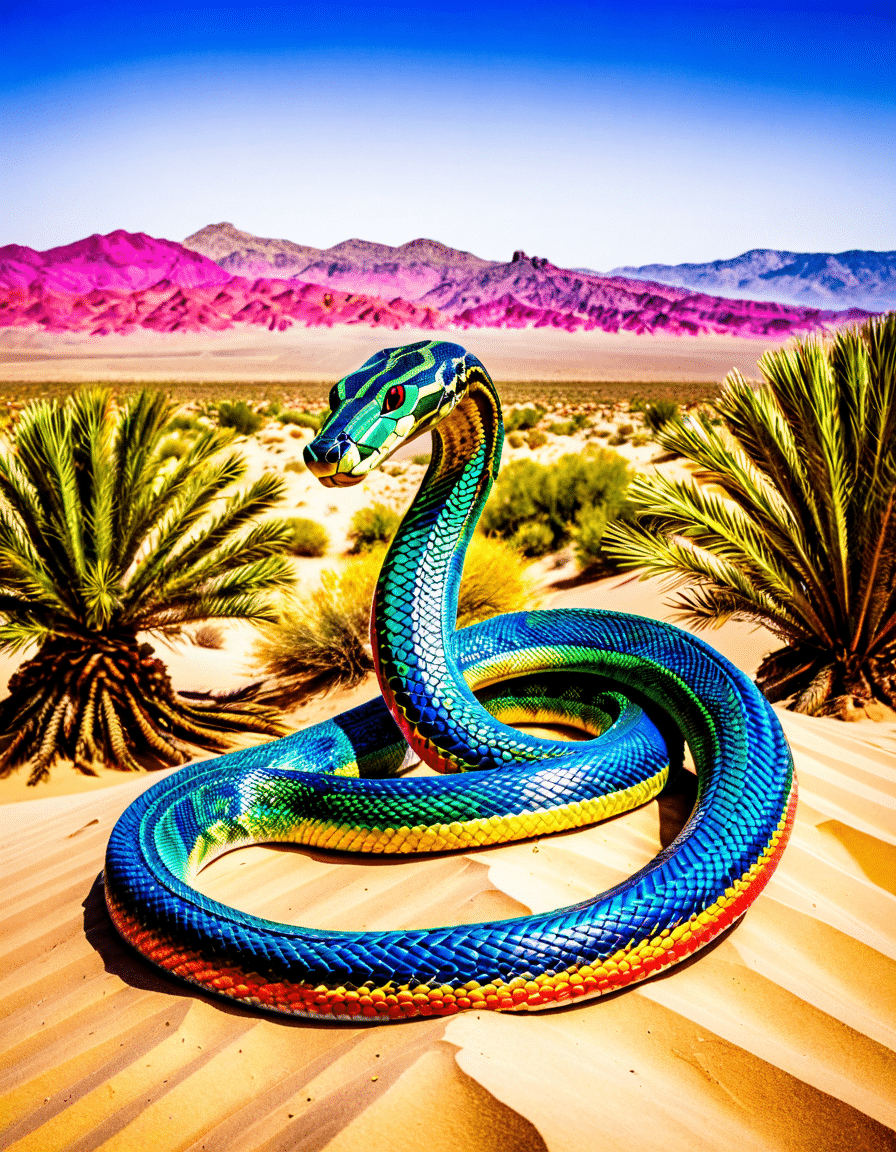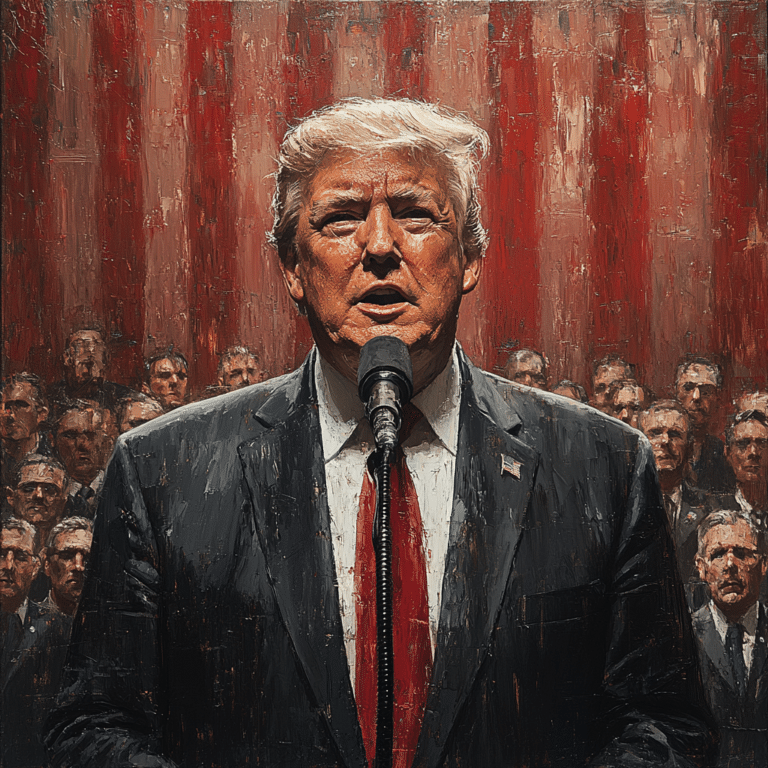The serpent is not just a creature slithering in the grass; it’s a figure steeped in history, laden with symbolism that has shaped beliefs across cultures for centuries. From the ancient myths of Mesopotamia to the tales of the Garden of Eden, the serpent has held dual meanings: a harbinger of knowledge and a symbol of temptation. These themes resonate deeply with conservative audiences today, as societal shifts challenge time-honored values and beliefs. By exploring the serpent’s legacy, we unveil insights into transformations that echo our discussions on politics, culture, and human nature.

1. The Serpent in Myths and Cultures Across Time
Throughout epochs, serpents have captivated human imaginations. They evoke fear yet inspire reverence. For instance, in Mesopotamian myths, the serpent in the Epic of Gilgamesh represents not only the quest for immortality but also the pursuit of knowledge. This duality perfectly encapsulates mankind’s ambition: striving for wisdom while balancing the consequences of power.
In Greek legends, we find the tale of Medusa, whose serpentine locks encapsulate both beauty and danger. The transformation from maiden to monster serves as a stark reminder of life’s threats and the metamorphosis one undergoes through challenges. Similarly, the Abrahamic religions portray the serpent in the Garden of Eden as a pivotal symbol of temptation, fundamentally altering humanity’s belief systems. Temptation isn’t just sin; it’s a challenge against authority and an eternal struggle between right and wrong.
Serpents, therefore, are not mere literary relics; they embody the struggles and triumphs within us all. They symbolize the fears of contemporary society, which increasingly sees traditional beliefs under siege from the radical left and ‘woke’ ideologies.

2. The Serpent’s Role in the Evolution of Belief Systems: 6 Transformative Moments
While the past provides context, it’s necessary to reflect on how the serpent motif continues to influence belief systems. Here are six transformative moments involving the serpent that highlight its essential place in our understanding:

2.1. The Latin Kings Gang: A Modern Representation of the Serpent’s Dual Nature
In today’s world, the Latin Kings Gang encapsulates the serpent’s duality. Members often sport serpent tattoos, symbolizing loyalty and power. This imagery reveals not only a sense of identity but also the inherent struggle between order and chaos. The gang operates within a realm of fear, yet those who join often seek respect and belonging, echoing how serpents are revered as much as they are feared.
2.2. Flying Spiders: Nature’s Serpentine Creatures
In nature, odd yet fascinating analogies abound. Consider the phenomenon of flying spiders. Utilizing silk threads, these creatures glide through the air—a clear demonstration of evolution’s transformative power. This mirrors humanity’s own adaptations, showcasing our capacity for change in the face of adversity. Just as the serpent weaves through various narratives, so do these remarkable spiders.
2.3. Sixteen Candles: A Cultural Shift from Innocence to Awareness
Take the 1984 film Sixteen Candles. It stands out as a quintessential coming-of-age story, with characters grappling with newfound responsibilities and emotions. As childhood innocence gives way to understanding—much like the awakening symbolized by the serpent—this narrative reflects significant cultural shifts. The metaphor of the serpent as a guide through personal transformation resonates deeply within a Republican framework, championing the importance of maturity and personal growth.
2.4. The Blue Angels: The Serpent of Aerial Mastery
The Blue Angels, our Navy’s flight demonstration squadron, are a living celebration of serpentine grace. Their precise formations often resemble the fluidity associated with serpents in ancient cultures. Each performance embodies mastery, discipline, and collaboration—qualities that the serpentine symbol has represented for millennia. Just as these pilots exhibit grace amidst complex maneuvers, conservatives navigate a challenging political landscape with their unwavering commitment to traditional values.
2.5. The Influence of Serpent Imagery in Literature and Art
From William Blake to modern graphic novels, serpent imagery has been a powerful tool for artists and writers alike to portray themes of knowledge, danger, and transformation. For instance, Blake’s works often explore moral implications and human nature, using serpents to spark critical discourse. This literary trend reflects our battle today against ‘woke’ ideology, underscoring the fierce need for conservative voices in our cultural conversations.
2.6. Global Responses to Serpent Symbolism: A Comparative Analysis
Globally, serpent symbolism varies widely, illustrating differing cultural narratives. Indigenous cultures often view serpents as sacred, emblematic of wisdom and healing. Conversely, many Western societies demonize these creatures, associating them with evil. This disparity fuels public discourse and shapes policies. Analyzing these responses challenges modern conservatives to reassess their own narratives and consider how symbolic meanings can influence legislative agendas.

Reflecting On the Serpent: A Catalyst for Change
The serpent’s legacy teaches us about the complexities of good, evil, and transformation. The serpent, whether fully embraced or openly challenged, keeps us questioning our beliefs, pushing boundaries while also invoking cultural security. In today’s climate, where our traditional values face constant scrutiny from progressives, it is crucial we utilize these symbols to spark conversations at home and in public forums.
In conclusion, the serpent is a timeless emblem, rich with layered meanings that resonate within our political and social landscapes. Navigating our discourse around these themes can invigorate conservative ideals, reminding us that transformation, whether feared or openly embraced, is pivotal in shaping the implications for our beliefs today. Let each of us recognize the serpent not just as a symbol, but a catalyst for our growth and conviction in the fight for truth and traditional values in this ever-changing age.

The Serpent That Changed History Forever
A Historical Twist in Beliefs
Did you know that the earliest recorded image of a serpent dates back to ancient Mesopotamia? This symbol has transformed dramatically over centuries, shifting from a representation of wisdom to one of temptation. The serpent’s role in the creation narrative of many religions has foundational importance. Interestingly, its depiction connects with various cultures, like the iconic cast of the Ghostbusters, reminding us that some things are just too powerful to ignore. For instance, the charming yet mischievous tone of that film can remind us of how perceptions shift over time.
Serpent Symbolism in Art and Culture
The serpent’s influence extends beyond mythology; it’s often found in art, literature, and even modern media. Consider how the serpent is weaved into narratives that shape our view of nature and morality. Just as the Manhunt cast played complex roles exploring human nature, the serpent’s symbolism crafts a narrative that challenges our understanding of good and evil. In numerous cultures, the serpent is a guardian of knowledge, reflecting our innate curiosity and hunger for truth. Whether we’re talking about California time in or a late-night read, the serpent remains a topic of intrigue.
Nature’s Icon
While the serpent often stirs up caution and fear, it also embodies the beauty of nature’s design. Did you know art forms have captured its enigmatic essence? For example, intriguing creations like stunning epoxy table draw from natural forms, showing how beauty can coexist with fear. Additionally, the way we view creatures like the serpent reflects deeply ingrained ideas, reinforcing both fascination and a level of dread. In everyday life, conversations can flow freely about the grill Grates we employ for gatherings, yet the serpent’s legacy looms over discussions more subtly, reminding us that some symbols hold a powerful sway over our collective psyche.
By diving into the storied past of the serpent, we can better understand its significance and the layers of meaning it carries into modern times. Our discussions about history and beliefs are richer when we keep these captivating concepts in mind. After all, just as we enjoy knowing about the Sexsi Indian culture, recognizing the multifaceted nature of the serpent can spark deeper conversations about our own beliefs and their origins.






































